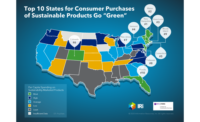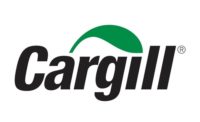A set of fact sheets from the Corrugated Packaging Alliance addresses common questions and provides insight on the sustainability of corrugated.
The Corrugated Packaging Alliance (CPA), Elk Grove Village, Ill., released two new fact sheets to answer common questions and provide insight on the sustainability of corrugated, expanding on the information released in the industry’s life-cycle analysis report. The fact sheets address the topics of recyclable wax alternatives and carbon sequestration.
“Growing interest in sustainability issues has increased the need for accountability in product claims. As a result, we’re getting more questions from our corrugated manufacturing members whose customers want to know about related issues for corrugated packaging,” said Dwight Schmidt, executive director of CPA.
The CPA completed a life-cycle study in 2010 based on 2006 industry data. The life-cycle analysis evaluated the performance of a 1-kg. U.S. industry-average corrugated product throughout its entire life cycle, or “cradle-to-cradle.” It was conducted according to the International Organization for Standardization (ISO) 14040/44 standards and included the review of an expert panel.
The results indicate that recycling can reduce corrugated’s environmental impact because most of the global warming potential generated by the corrugated life-cycle occurs when unrecovered old corrugated containers go to landfills. Development and use of recyclable wax alternatives for corrugated containers requiring moisture protection helps maximize potential recovery. Carbon sequestration and biogenic fuel use helps minimize corrugated’s environmental impact before end of life.
To download the pdf version of the fact sheets, go to www.corrugated.org.
Related Articles
×
Get our new eMagazine delivered to your inbox every month.
Stay in the know on the latest snack and bakery industry trends.
SUBSCRIBE TODAY!Copyright ©2024. All Rights Reserved BNP Media.
Design, CMS, Hosting & Web Development :: ePublishing



